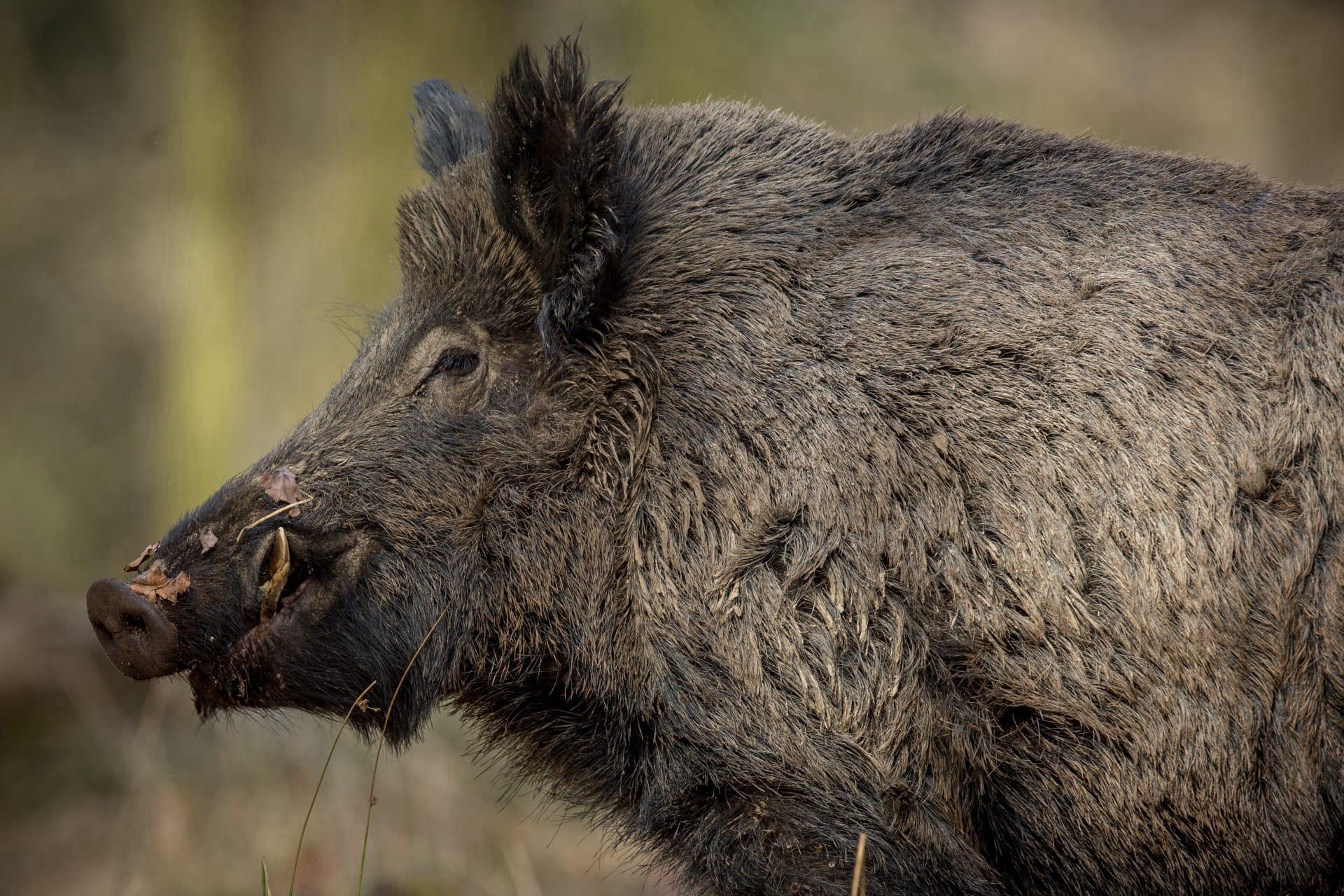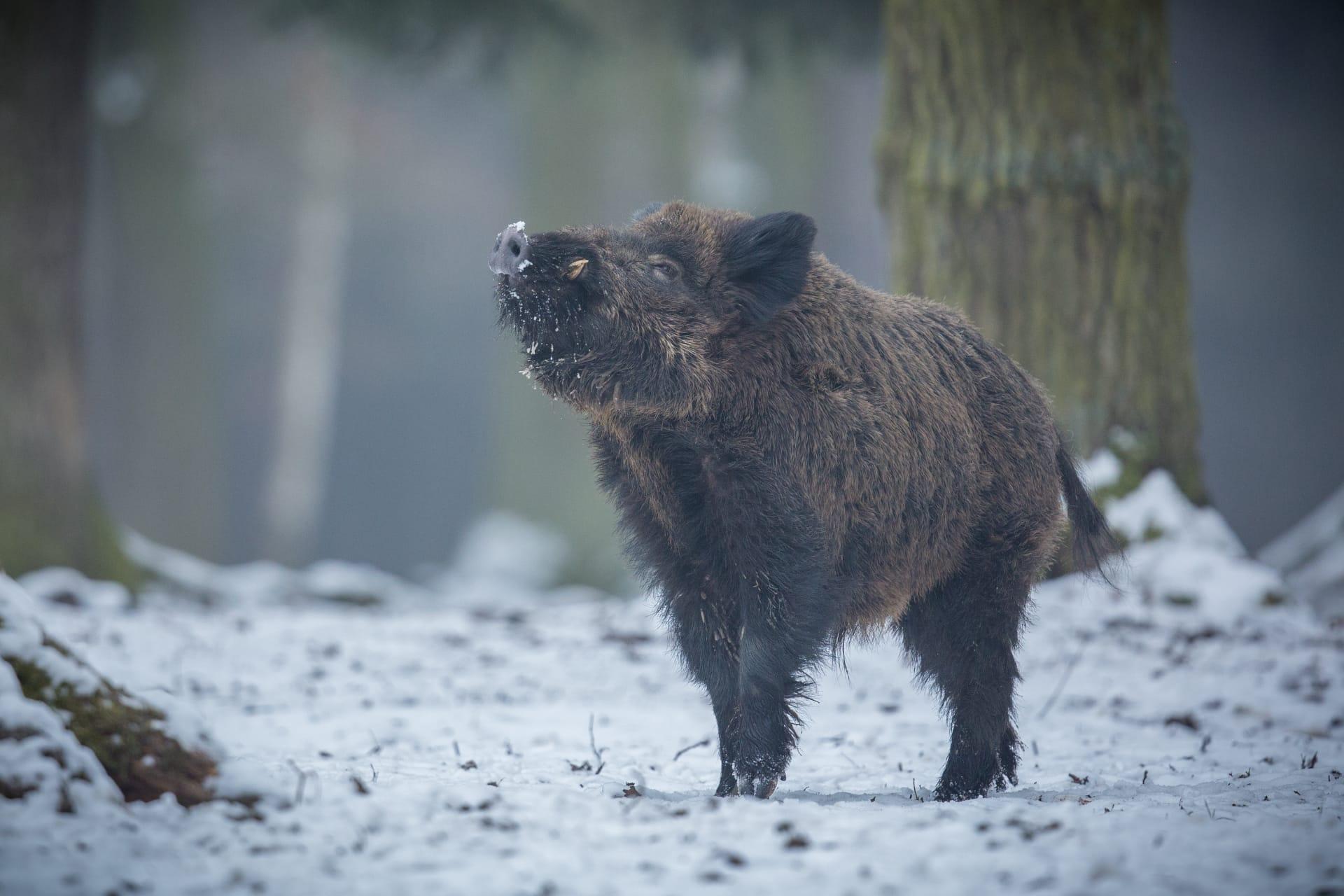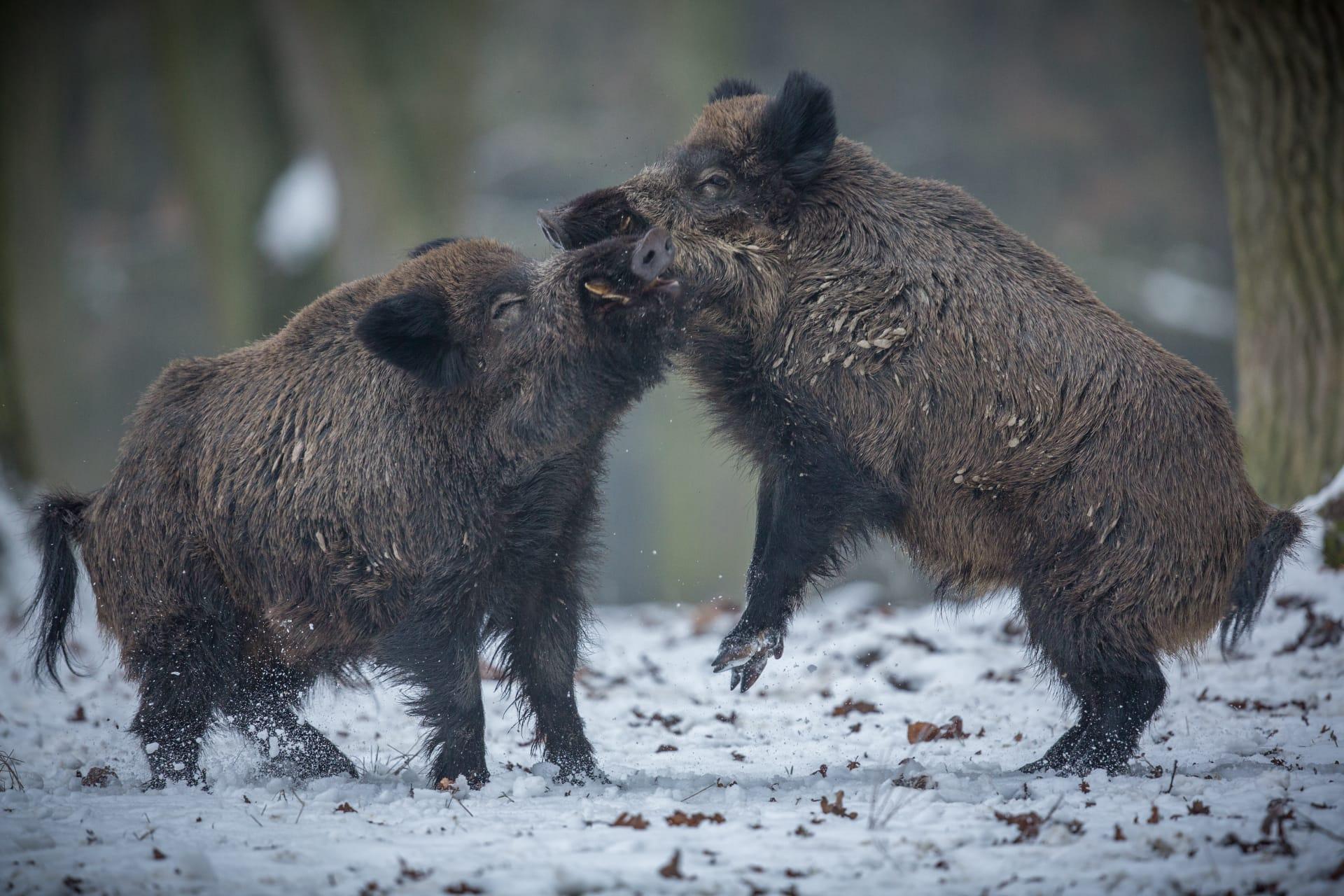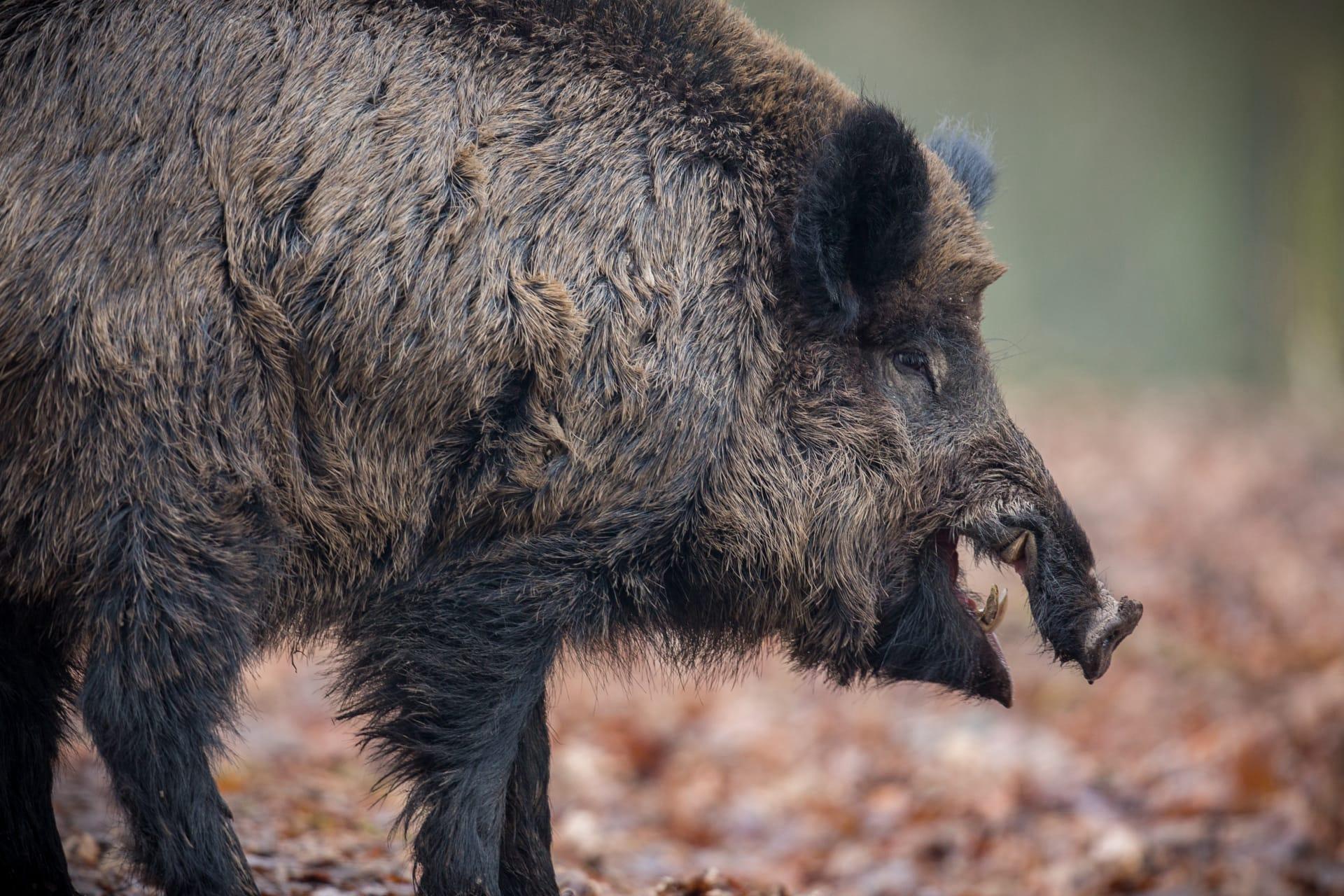Pig Characteristics
- Home /
- Mini Encyclopedia /
- Animal /
- Pig Characteristics
1
Let's dive into the fascinating world of pigs, starting with their physical characteristics. Pigs, scientifically known as Sus scrofa domesticus, are robust creatures. Their size varies significantly among breeds, ranging from the petite Vietnamese Pot-bellied pigs, weighing about 100 to 200 pounds, to the massive domestic breeds like the Large White, which can tip the scales at an impressive 600 to 800 pounds. As for their lifespan, these intelligent animals can live for about 15 to 20 years, depending on the breed and living conditions.
One of the most remarkable organs in a pig is its snout. This isn't just an ordinary nose! The pig's snout is highly sensitive and a crucial tool for various activities. It's a multifunctional marvel, used for foraging and rooting in the ground in search of food. The snout is packed with sensory receptors, making it almost as sensitive as human fingertips. This incredible sensitivity allows pigs to detect scents and even truffles buried deep underground.

2
Question: Do pigs really sweat like 'pigs'?
Answer: Contrary to the popular phrase "sweating like a pig," pigs actually have very few sweat glands, which makes them relatively poor at sweating. This phrase might mislead us into thinking pigs are sweaty creatures, but in reality, they cannot cool themselves by sweating like humans do. Instead, they wallow in mud or water to regulate their body temperature. The mud not only cools them down but also serves as a protective layer against the sun and parasites. So, when you see a pig in mud, it's not just having fun; it's a smart way of keeping cool and staying healthy.

3
Moving on to their locomotion, pigs may not be the fastest animals, but they're certainly agile and capable of quick bursts of speed. Domestic pigs can sprint at speeds of up to 11 miles per hour. This might be surprising, given their robust physique, but it's crucial for evading predators in the wild.
As for their feeding habits, pigs are omnivores with a diverse diet. They can eat a wide range of food items, from fruits and vegetables to small animals and insects. Pigs are known for their foraging skills, using their powerful snouts to dig into the soil. They have a strong sense of smell, which helps them locate food underground. Their diet largely depends on what is available in their environment, showcasing their adaptability.

4
Pigs adapt to a wide range of environments, from lush forests to grasslands. They are highly adaptable and can thrive in various habitats. However, they typically prefer environments where they have access to both water and shelter. This preference is key to their survival, as they need water for temperature regulation and shelter for protection.
Reproduction is another fascinating aspect of pig life. A female pig, known as a sow, can give birth to a litter of 6 to 12 piglets after a gestation period of about 114 days. This reproductive efficiency is one reason why pigs have been domesticated and bred extensively. The piglets are born relatively mature and mobile, and they quickly learn to forage and feed themselves under the sow's guidance.

5
Book: "The Whole Hog: Exploring the Extraordinary Potential of Pigs" by Lyall Watson. Published in 2004, this book delves into the intriguing world of pigs across various cultures and histories. Watson, a South African biologist and author, presents a comprehensive look at pigs, discussing their intelligence, social behavior, and the vast impact they have had on human societies throughout history.
Book: "Pig Tales: An Omnivore's Quest for Sustainable Meat" by Barry Estabrook. Released in 2015, this book offers a thought-provoking exploration of the pig farming industry in America and its environmental and ethical implications. Estabrook, an acclaimed journalist, provides a critical look at the production of pork, highlighting the journey from farm to fork, and raises important questions about sustainability and animal welfare.